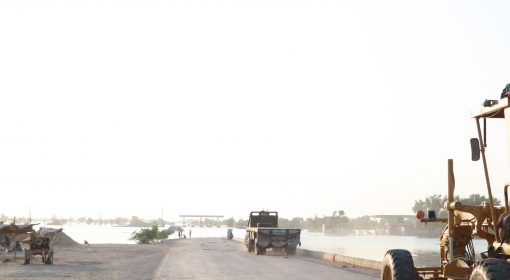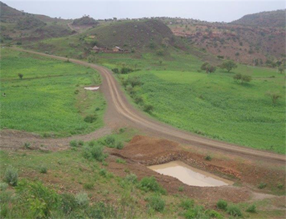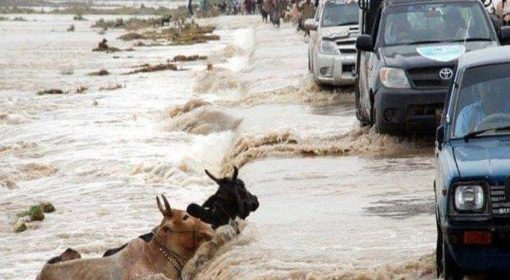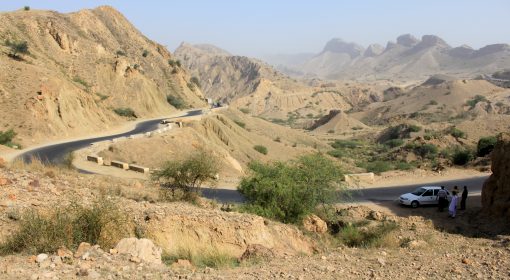Frank van Steenbergen and Gordon Keller

With more than 35 million kilometer of roads in the world, roads are a dominant feature in the lives of people and in the global landscape. They connect, they transform. With climate change coming in the shape of higher rainfall intensity there has been much concern on how to protect roads from new climate onslaughts, in particular how to increase the capacity of road cross drainage, so as to evacuate water in time and prevent the washouts of roads.
Here comes the attention to the vital but generally unseen components of roads – the culverts, that take water across the road underneath the pavement. There are thousands of surface drainage culverts on most road systems. Climate models are used to predict increased precipitation and then higher rainfall intensity, peak rainfalls, and runoff. These calculations are then used to rethink the dimensions of the culverts, always increasing their size. With this redimensioning of culverts, much of the climate resilience of roads is secured. Right? No, wrong.
While changing the capacity of road cross-drainage is important, it is also a dangerously simplistic approach to the climate resilience of roads. This is for a number of reasons.
First, simply “upsizing” a pipe ignores failures that can occur because of poor installation and compaction around the pipe, problems with plugging of pipes, or with associated road damage when water flow becomes uncontrolled. Also rather than focusing on the exisiting culverts, road surface drainage may need to be dispersed widely with multiple pipes or dips to maintain natural flow patterns, and beneficial uses of that water are often ignored.
A second reason is that increased rainfall does not only linearly leads to more run-off reaching the road, but in the catchment areas of the road changed rainfall may be part of many processes. There may be new drainage patterns, gullies, changes in the entire build up area. This affects the way the run-off comes to the roads. In general, it makes sense to study the run-off pattern in the landscape of the road and make where needed modifications to these, so that run-off is better retained and if possible, used for beneficial purposes.
The third reason why simply ‘upsizing the culvert’ is not enough relates to the culvert itself or better the immediate lead-in and lead-out of the culvert. Lead-in’s can be constructed to reduce the destructive velocity of the water approaching the culverts and with this prevent plugging, scour and other damage. Lead-outs take part of the safe outflow of the culverts, avoiding again scour or gullying that damage the land around the roads created by uncontrolled gushes of water. The lead-outs can be water spreaders, plunge pools, energy dissipators, reinforced canals, or sumps. They need to be part of the climate adaptation.
The last point concerns the use of the road drainage water. Rather than just disposing the run-off, in many cases this water can be put to productive use and road and culverts may serve to harvest water. As many parts of the world are water-stressed, it is attractive to make use of the run-off.
Just increasing the size of culverts to deal with changing rainfall patterns is an overly limited approach to climate resilience, only protecting the road but possibly doing harm to the landscape and missing opportunities for the beneficial use of water. We argue to take a broader and pro-active look and consider the landscape surrounding the road to adapt to climate change and make best use of the opportunities that come with it.




